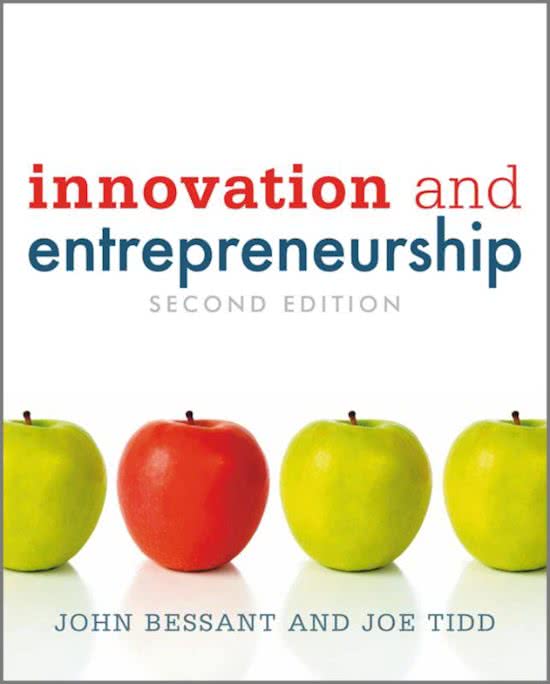Samenvatting
Summary of the book ´Innovation and Entrepreneurship´ by John Bessant and Joe Tidd
- Instelling
- Universiteit Van Amsterdam (UvA)
Een complete samenvatting van het boek ´innovation and entrepreneurship´ van John Bessant en Joe Tidd.
[Meer zien]






